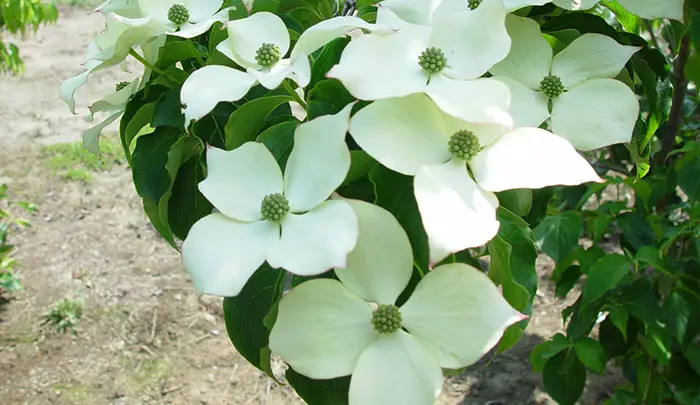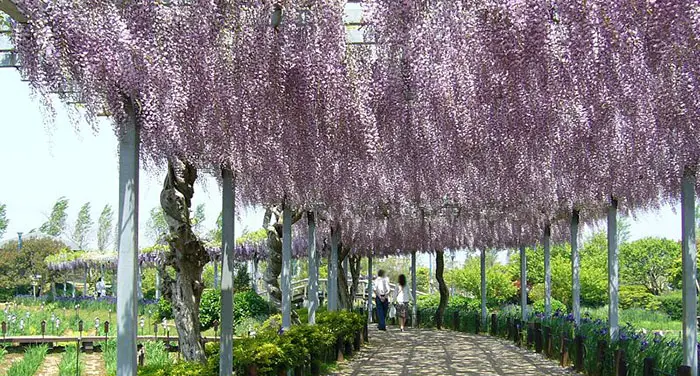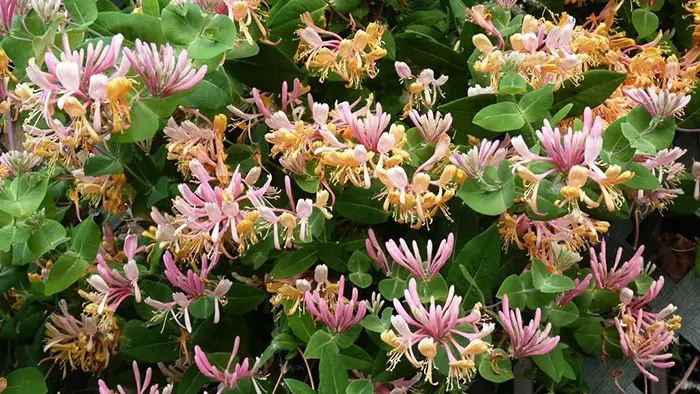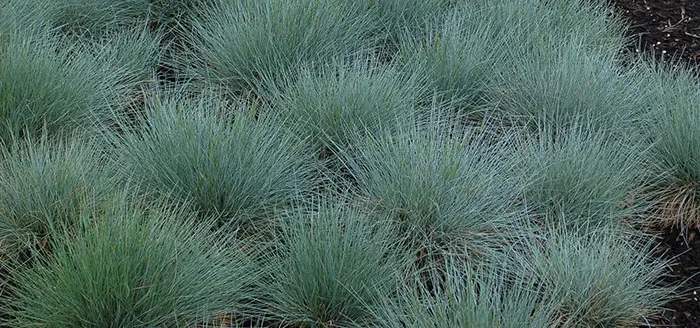Before continuing with roof garden plants, let us shed some light on the concept of green roof gardens.
Installing a roof garden is the best option for homes or buildings that do not have their own garden or that are situated in urban areas.
The name “roof garden” depicts its meaning very well. Roof gardens are green spaces created by people on the roofs of homes or industrial and commercial buildings. The design of these green gardens varies with the type of building.
This green space can be designed to provide areas for various activities, like playing, growing plants, sitting in greenery, etc., or can simply remain a living area.
Though green roofs have been in existence for centuries, they have been given serious thought only in the last few years. An increasing population and urbanisation have led to a reduction in green space.
In addition, many environmental problems like pollution, ozone layer depletion that causes UV rays to reach the earth’s atmosphere, climate change and many others are having serious effects on the planet and causing diseases among humans.
All these factors collectively have rekindled the concept of green roofs.
Roof gardens come in primarily two types; the variety of plants used varies according to these types. The structure of your roof determines what type of roof garden you should install. These two types are:
EXTENSIVE ROOF GARDENS
This type of garden is normally lightweight and installed on a thin layer of soil. Whether you have a flat roof or a sloped one, you can opt for an extensive roof garden. Extensive roof gardens require little or no maintenance.
A variety of plants can be used for extensive roofs, including mosses, sedums, hardy grasses, shrubs and many more.
However, the plants you select should be appropriate for the amount of rainfall and the climate of the location where you are living.
INTENSIVE ROOF GARDENS
As opposed to extensive roof gardens, these gardens are installed on a thick layer of soil. This thick soil layer enables you to grow big plants and trees on your roof.
Because a variety of plants are available for planting, intensive roof gardens are installed mostly for recreational purposes. The range of plants varies, from various types of flowers to trees that have the potential to produce food.
Unlike extensive roofs gardens, intensive gardens are usually created on flat roofs. Due to the thickness of the soil and the variety of plants used, intensive roof gardens demand more maintenance than extensive ones.
Factors you need to consider while selecting plants for rooftop gardens:
- Soil type and amount
The type of soil and the thickness are the most important factors to consider when selecting plants. It is better to use lightweight soils, no matter the thickness.
These soils include perlite, peat moss, vermiculite, coconut husk fibres and some others. Due to their lightness, these soils will add quantity without having any harmful effects on the plants’ stability.
Thus, lighter soils are best for both intensive and extensive roof gardens.
It would be a good idea to select plants that require the least amount of soil for their growth. For example, plants having shallow roots would be best for rooftop gardens.
- Exposure
The exposure of plants to various conditions is often exaggerated. The main factors that can harm plants are wind, drought and sunlight; wind is less harmful than the others. Wind pruning is rarely seen in roof garden plants.
However, if your garden is normally exposed to the wind, you should avoid using herbaceous plants or plants that produce brittle flowers; keep in mind that grasslands exposed to wind take less time to recover than do herbaceous plants.
Normally, rooftop garden plants and shrubs that are grown in urban areas are unable to survive during times of prolonged drought. Therefore, it would be better to use plants that have some ability to tolerate drought. Examples of such plants are Junipers, Pinus, Hedera and Cotoneaster.
In addition, you should be aware of the fact that some plants have more resistance to drought but are not able to tolerate heavy moisture. Therefore, always choose plants that are equally resistant to both conditions.
- Resistance and tolerance
Conditions like wind and sunlight differ dramatically between the ground level and the roof. The higher you go, the stronger will be the wind and heat. Therefore, while selecting plants keep this condition in mind; otherwise, there is a chance that the plants will get damaged.
For wind resistance, select plants that have a waxy or hairy surface as well as thick leaves because these tend to lose less water to evaporation than do plants with thin leaves.
Where sunlight resistance and tolerance is concerned, big plants are more resistant than small ones. The common belief is that grasses require less maintenance than do other species of plants, but the opposite is true.
This is because grasses are easily subjected to problems like drought and fungal attack and are even damaged when exposed to low levels of sunlight.
- Stability
The stability of plants depends on whether they have tap or shallow roots. For tap-rooted plants, deep soil will be required.
Therefore, keep the rooting environment of plants in mind when selecting the plants for your roof garden. The best plants for roof gardens are those that have a shallow root pattern.
Examples of such plants are Scrub Pine and Birch trees, as they have fibrous root systems and are not very tall.
- Density of trees
Studies have shown that, when exposed to various environmental conditions, densely planted trees die long before those that are sparsely planted.
This is because when plants are grown close together, they compete with each other. As a result, the density of leaves increases. Thus, rather than planting trees close to each other, plant them at a certain distance so that they have the proper space to grow.
The suggested pattern is to plant a single substantial plant in one square meter of area.
SELECTING THE BEST PLANTS FOR ROOFTOP GARDENS
Before making your selections, consider some of the characteristics of your rooftop. These characteristics are:
- The size of your roof
- Whether your roof is flat or slanted
- Most important is the pattern of plants—whether you want to grow plants on the roof floor, in pots or in raised beds
Here is a list of some of the best plants for rooftop gardens:
- Kousa Dogwood
If you are looking for small plants, you can select the Kousa Dogwood. There are some varieties that grow up to 30 feet tall. Thus, it is a good choice for an intensive roof garden. This plant enhances the beauty of your garden in all seasons.
The white and pink flowers in spring attract people at a glance. This colour changes to deep green in the summer. The fruit and red-purple leaves in the autumn have their own benefits.

-
- Lavender
This plant from the mint family has a great tolerance for dry and windy conditions. It is the native plant of the Mediterranean and grows to a height of one-and-a-half feet. No matter whether you are planting it in a pot, in beds or on the roof floor, this is the best choice.

-
- Japanese Wisteria
This woody vine is much admired due to its sweet-scented grape-like blooms. The sprawling vines of this plant add beauty to the other plants of your rooftop garden. However, you need to consider the local environment when selecting this plant.

-
- Gold Flame Honeysuckle
This plant is best for attracting butterflies and hummingbirds to your rooftop. When it starts blooming, its colour is pale pink. This later changes to deep magenta, and then it becomes even more fragrant. It can grow to a length of 20 feet.

-
- Blue Fescue
This hardy grass, which requires less maintenance and remains active throughout the year, is a good choice for rooftop gardens. Its growing length is 10 inches.

-
- Blue Star Juniper
This is also known as single-seed juniper. It shines with scrawny needles that have a silvery-blue cast. This plant grows up to three feet tall.

There are many other plants you can use to enhance the beauty and improve the durability of your roof garden. However, before selecting plants, make sure that you have considered all the above points.
